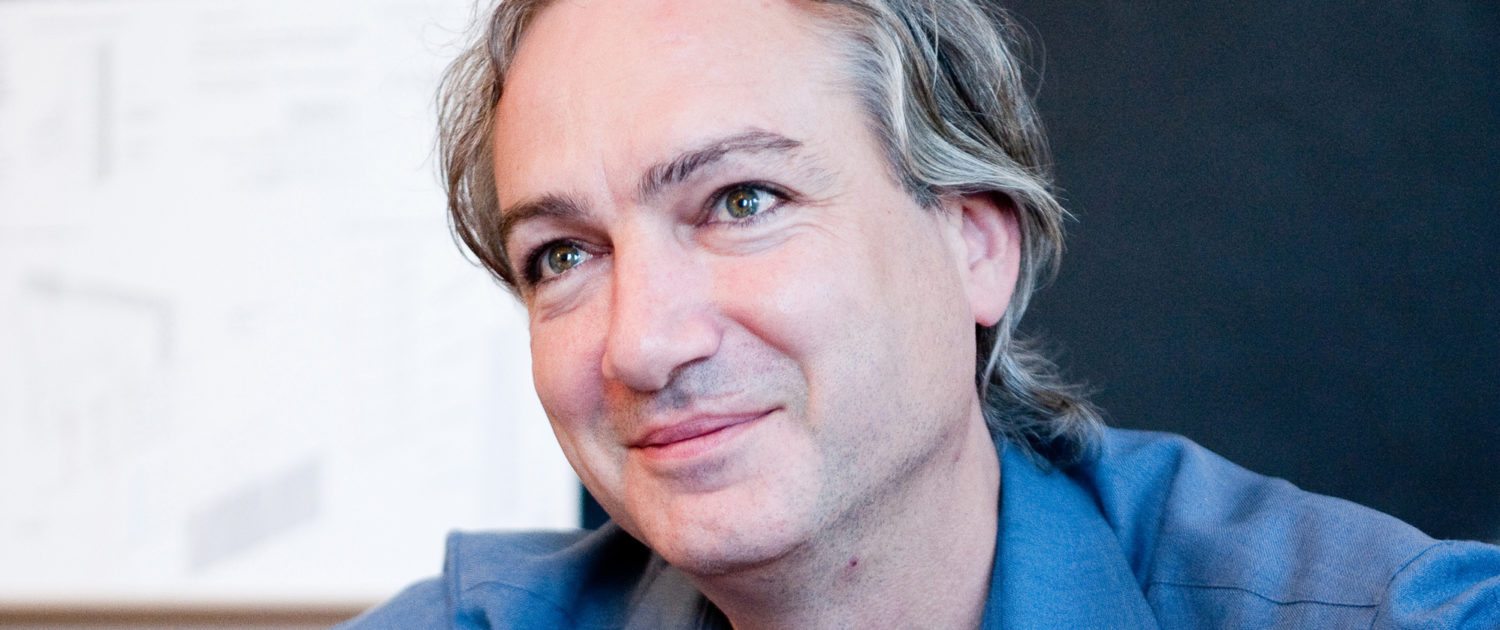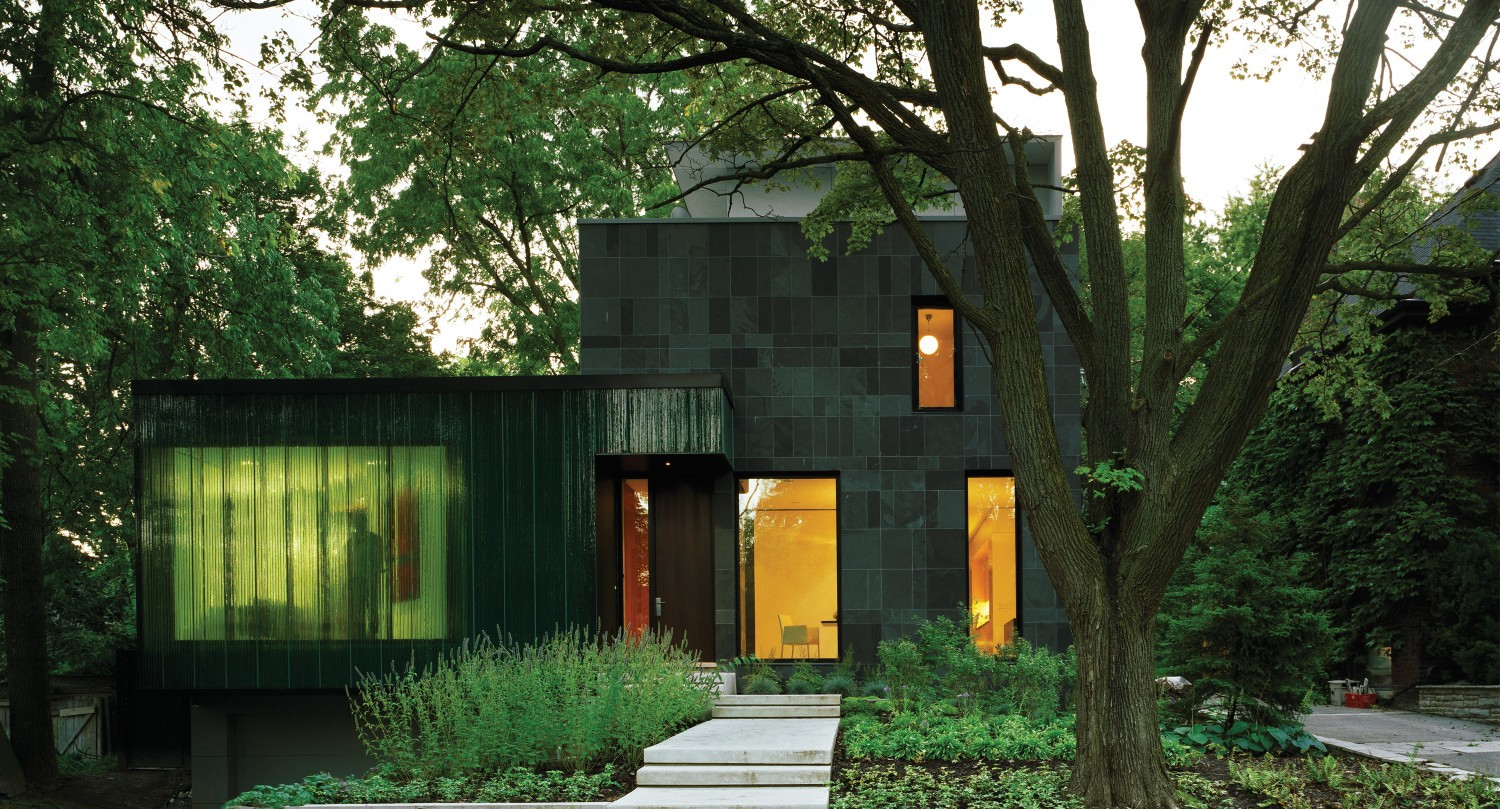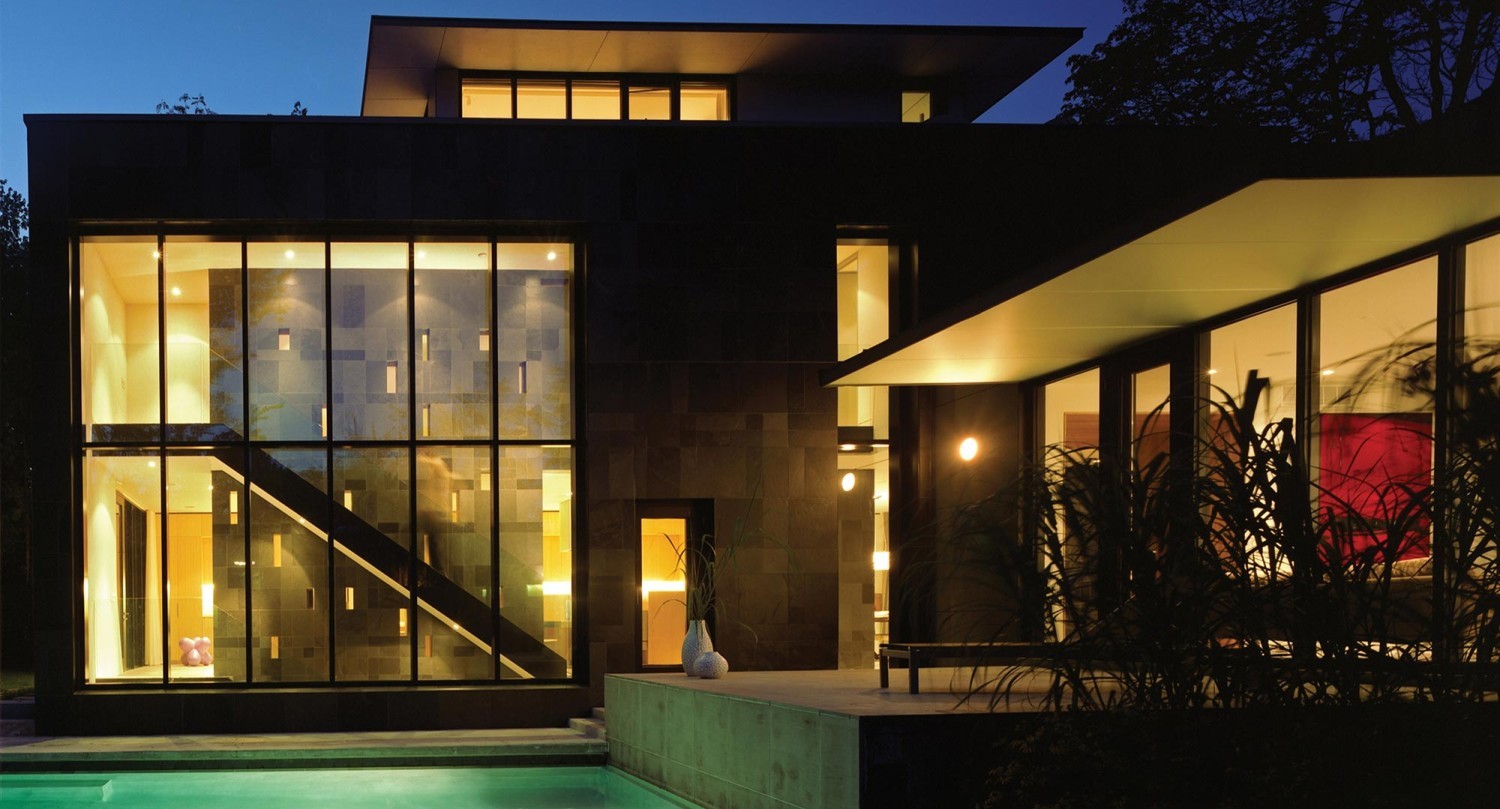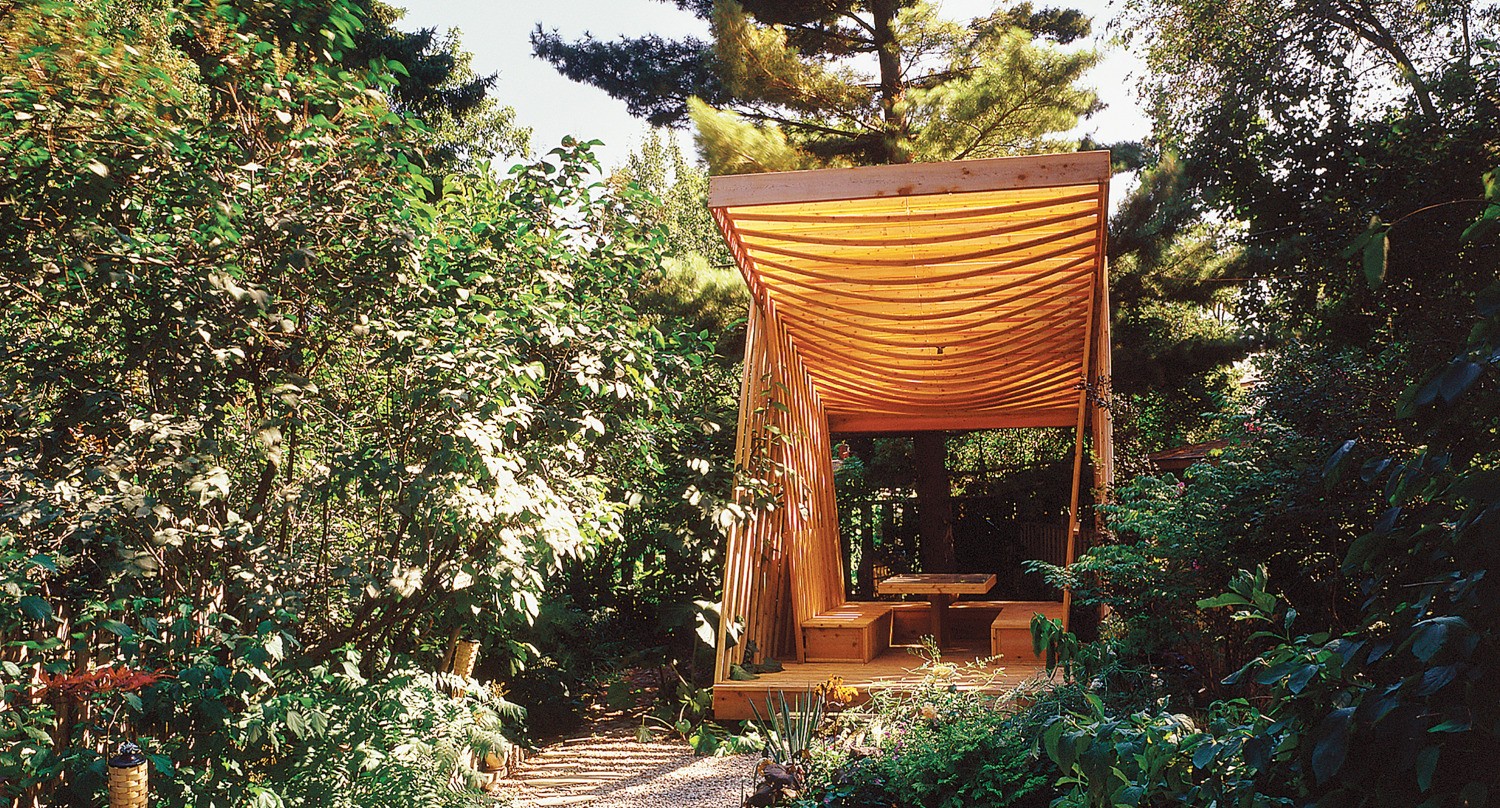What Does A Home Mean To You: Paul Raff
As originally seen in World Housing
Written by Caley Vanular on April 20, 2016
Meet Paul Raff, Paul is a recognised leader in sustainable architecture, art, and design. In 2003 Paul incorporated Paul Raff Studio as a full services architecture firm offering a variety of sustainable creative services. Since its inception, the studio’s designs have been recognised with numerous awards including the Royal Architectural Institute of Canada and the Canada Council for the Arts. Paul Raff Studio’s work has also been published internationally in such journals as Wallpaper*, Architecture, AZURE, Objekt, and Landscape Architecture. Throughout all these years and awards the underlying message is that Paul has dedicated his life to creating spaces for people to enjoy. Take a moment to read about Paul’s inspirations and feelings towards the word ‘home’ below…
Paul, you have spent time living across Canada, in addition to many different locations around the world. With this, you must be familiar with many different styles of home. Do you find that there is a “home” theme throughout different cultures?
Yes, I am familiar with many, many different styles of home and different ways of dwelling/living. And, absolutely, there are three essential central themes that run throughout different cultures which are: security, privacy, and comfort. Home is always a sort of personal/familial sanctuary.
What inspired you to invest in a career in architecture?
From a very young age, I have been fascinated with the physical world, the environment around us, and especially the way places have different characters and atmospheres. Whether it be rooms or buildings or streetscapes or landscapes, the place one inhabits or passes through is part of one’s being. It affects one’s mood and sense of self. There are different ways to explore this. One great way to explore a place that I took naturally to at a very young age was architecture. I decided to be an architect when I was a young child and can hardly imagine doing anything else.
How has this changed your life?
It has made my life what it is. For one thing, a good architect is a generalist. He or she knows, at least a little bit, about a lot of different things. A good architect is also a superb listener and student of people and culture. Both of these I had some sense of early on in my studies.
When I established my studio more than 10 years ago, one thing that surprisingly changed me, was my realisation of what a huge part of energy consumption and carbon footprint construction and buildings are. This idea has transformed the way I think and practice. My research has helped me deliver considerable value to my clients in many ways, including healthier living environments and preservation of natural environments plus access to them.
How would you describe your own unique style?
Calm, restrained and thoughtful with a significant presence of light and space. My designs are tailored and bespoke, and always have a strong connection to their natural environment and surroundings.
Describe your childhood home. You grew up in the Prairies, how did this influence your childhood appreciation of home?
My family lived in a modest, two-bedroom stucco house as a child which in hindsight was small. At the time, it seemed a vastly diverse, an interesting world with all sorts of places within it: rooms, nooks, crannies, corners, and endless parts to explore.
I grew up in the Canadian Prairies, which is an extreme climate. The temperatures are acutely cold in the winter, so the difference between inside and outside is huge. And in the summers it was the opposite; the breezes outside the wind just flowed through the house. So the difference between the inside and the outside tactically dissolved.
This affected me as an architect. I think about architecture as that which separates inside and outside. I try to apply this in a way that my designs both shelter and connect its occupants to the outside. The intent is to allow you to live thoughtfully in the world, to interconnect and relate to nature and your surroundings.
The prairie environment is also extreme because it is far north and so the sun angles and variation in sunlight between summer and winter are remarkable. It has given me a great sensitivity to, or possibly even obsession, with natural light. The careful play and treatment of light are integral to all of our projects.
What does the word “home” mean to you?
Home is my place in the world. It is my sanctuary.
Where do you live now? Did you design your own home?
I live in a mid-century, modern low-rise apartment building in a very beautiful treed, architecturally rich neighbourhood. It is centrally located in downtown Toronto.
How have you shaped it to become your own? What characteristics were necessary to make your house feel like home?
I have changed almost everything in subtle ways, including the colours, and some key details that make it visually calm and serene. I have also created some custom built-ins to make it more space efficient. And most importantly, I have hung my diverse and inspiring art collection.
You have worked on many well-known projects around the world, including the redevelopment of Toronto’s Waterfront. What has one of your favourite projects been and why?
I have two favourites.
One, a small garden pavilion. It was the first ground-up building I designed, and though it uses modest means, it resonates with its landscape.
The second favourite is Cascade House. It has remarkable qualities of natural light, but I love it too for its beauty and artfulness. A passive solar house, it is also a super energy efficient and sustainable. Most people who have seen it in style and design magazines do not realise it, but Cascade House successfully marries the art of architecture with ecological sustainability.
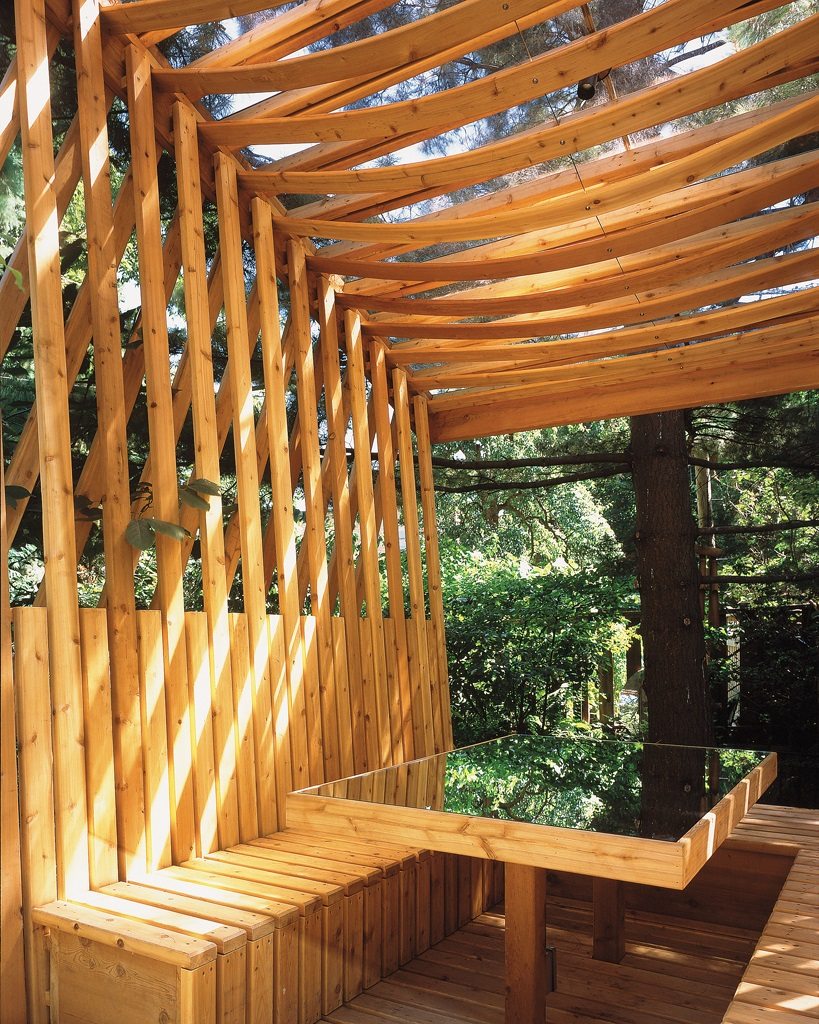
What or who inspires you to design structures in the way you do?
Over the year’s I have been influenced by a number of excellent artists that I also happened to be friends with, and that certainly has been an inspiration. I also just love the beauty of the physical world and love to contribute to it.
Your website, paulraffstudio.com, showcases your architecture and art. You are a supporter of sustainability through environmental responsibility. Why is this important to you?
A number of years ago, at the outset of my practice, I was doing some research and found out that almost 40% of world energy consumption is attributable to buildings and construction. I was shocked and stirred into making this an integral part of my thinking in every project. Because we can do better than this, and now we are.

